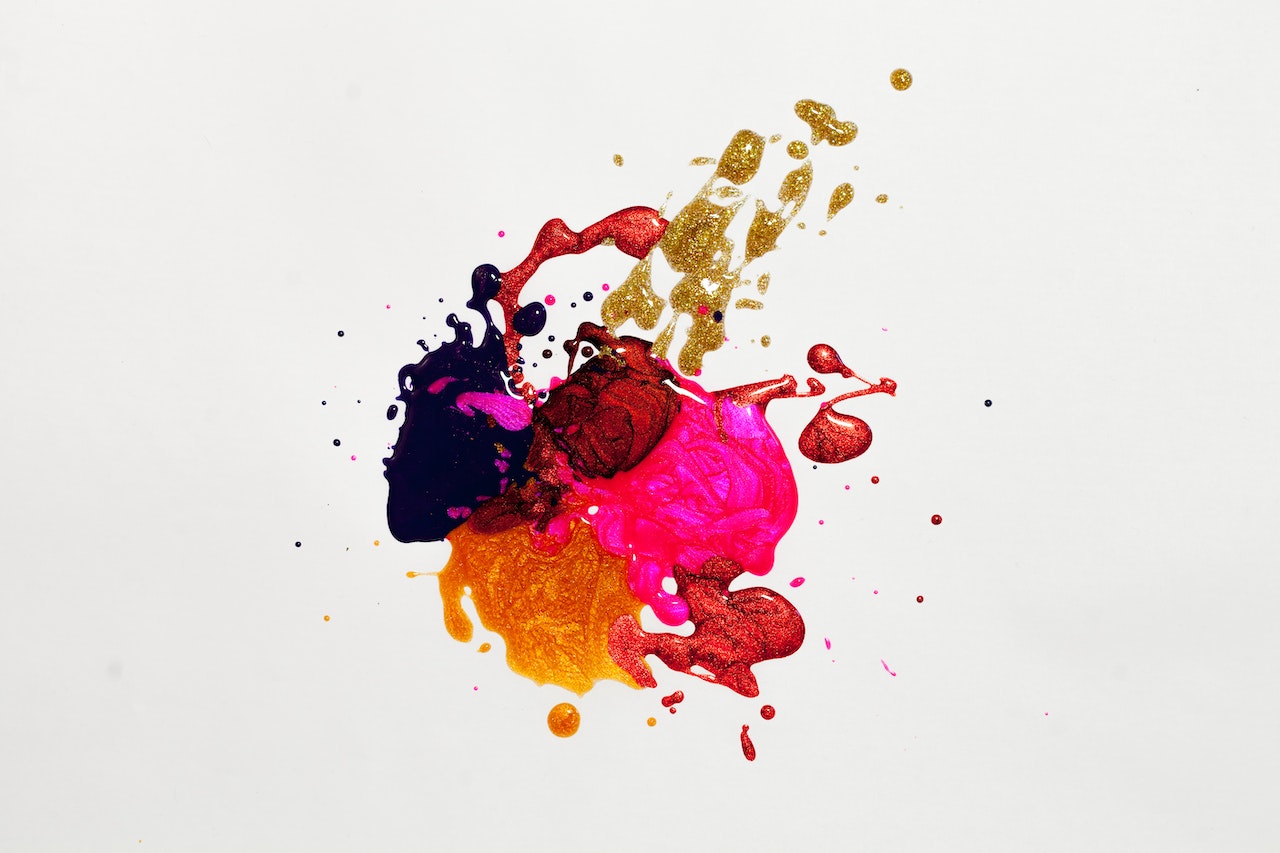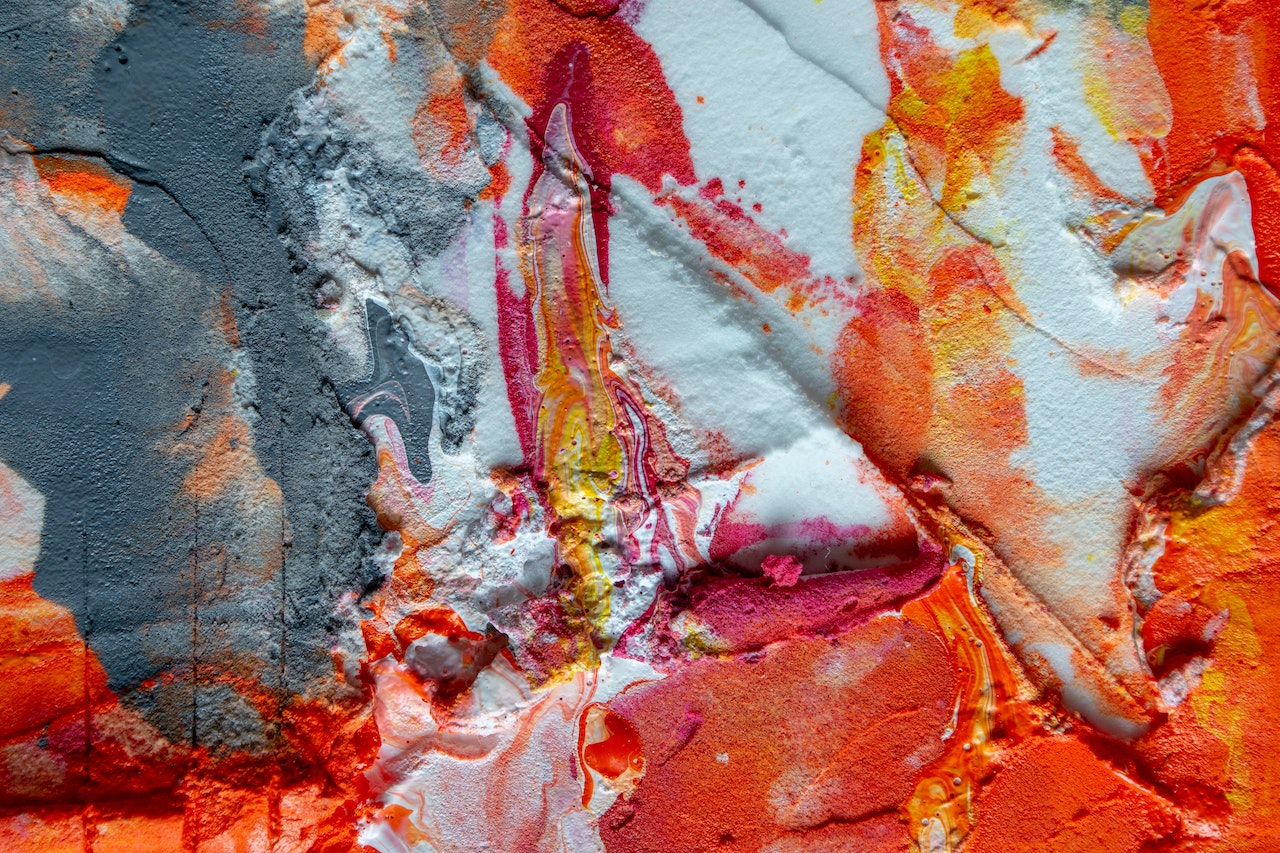
Can You Show Me a Color I’ve Never Seen Before?
When it comes to the visible spectrum of light, we are often captivated by the vibrant array of colors that surround us. From the warm hues of red and orange to the cool shades of blue and green, our world is filled with an astonishing range of colors. But have you ever wondered if there could be a color out there that you’ve never seen before?
The visible spectrum consists of all the colors that our eyes can perceive, ranging from violet with the shortest wavelength to red with the longest wavelength. This spectrum is commonly represented as a rainbow, showcasing its full glory. However, while we may think we have seen every possible color within this spectrum, there is still much more to discover.
In reality, our perception of color is limited by both biology and experience. The human eye has three types of color receptors called cones, which are sensitive to different wavelengths. These cones allow us to see a wide range of colors but also impose certain limitations on our vision. Additionally, cultural factors and personal experiences can influence how we interpret and describe different shades.
The Basics of the Visible Spectrum
When it comes to the visible spectrum of light, there’s a whole world of colors waiting to be explored. As humans, we perceive light within a specific range known as the visible spectrum. This range spans from red, with the longest wavelength and lowest frequency, to violet, with the shortest wavelength and highest frequency.
To understand this concept better, let’s break it down into a few key points:
- The Electromagnetic Spectrum: Light is just one part of the electromagnetic spectrum, which includes various types of energy waves such as radio waves, microwaves, infrared radiation, ultraviolet radiation, X-rays, and gamma rays. The visible spectrum falls right in the middle of this vast range.
- Wavelengths and Frequencies: Each color in the visible spectrum corresponds to a specific wavelength and frequency. Red has the longest wavelength (around 700 nanometers), while violet has the shortest (around 400 nanometers). Our eyes are sensitive to these wavelengths and interpret them as different colors.
- Color Perception: How we perceive color is due to how our eyes capture light and how our brain processes that information. When light enters our eyes, it interacts with specialized cells called cones that are sensitive to different wavelengths. These cones send signals to our brain which then interprets them as specific colors.
- Mixing Colors: By combining different wavelengths of light in varying proportions, we can create an array of new colors through additive color mixing. For example, when red light (longest wavelength) combines with blue light (shorter wavelength), we perceive purple.
While there are countless shades and hues within the visible spectrum that we can see naturally or reproduce artificially using technology like computer screens or pigments for paints or dyes; however when it comes to seeing a color you’ve never seen before outside this range – that’s where things get perplexing! Our human visual system is limited to perceiving the colors within the visible spectrum, so technically speaking, we are unable to see a color that falls outside this range.
Exploring the Different Colors in the Rainbow
When it comes to the visible spectrum of light, the rainbow serves as a captivating and colorful display of nature’s palette. Each color within the rainbow holds its own unique beauty and significance. So, let’s dive into exploring these different colors that make up this enchanting phenomenon.
- Red: As we start our journey through the rainbow, we encounter the vibrant hue of red. It is a bold and powerful color that symbolizes passion, energy, and warmth. Think about a ripe apple or a beautiful sunset; those vivid shades of red evoke strong emotions and capture our attention.
- Orange: Moving along our colorful path, we come across orange – a color that exudes enthusiasm, creativity, and vitality. It combines elements of both red and yellow to create an energetic tone reminiscent of autumn leaves or a juicy citrus fruit.
- Yellow: Next up is yellow, often associated with sunshine, happiness, and optimism. This bright and cheerful color brings warmth to any scene it graces—a field of sunflowers or rays of sunlight breaking through clouds—an instant mood lifter.
- Green: Continuing on our journey across the spectrum, we arrive at green – a color closely linked to nature, growth, harmony, and renewal. From lush forests to emerald meadows or even fresh mint leaves; green represents balance and tranquility in its various shades.
- Blue: Ahh…the calming allure of blue! This serene hue embodies peace, trustworthiness, and depth—think clear skies or vast ocean horizons stretching as far as the eye can see. Shades like turquoise or sapphire captivate us with their soothing presence.
- Indigo: As we near the end of our exploration through the rainbow’s colors emerges indigo—a mysterious blend between blue and violet hues that evokes introspection and spirituality. Picture twilight skies or delicate blooms like irises, showcasing the depth and magic of this shade.
- Violet: Finally, we reach the mesmerizing shade of violet. Associated with creativity, spirituality, and luxury, this color carries an air of elegance and mystery. From regal flowers like lavender or orchids to majestic sunsets painted in purples; violet adds a touch of enchantment to our surroundings.
By exploring these different colors within the rainbow, we gain a deeper appreciation for the vast spectrum of light that surrounds us. Each hue holds its own unique charm and significance in our world, making it difficult to imagine encountering a color we’ve never seen before.






